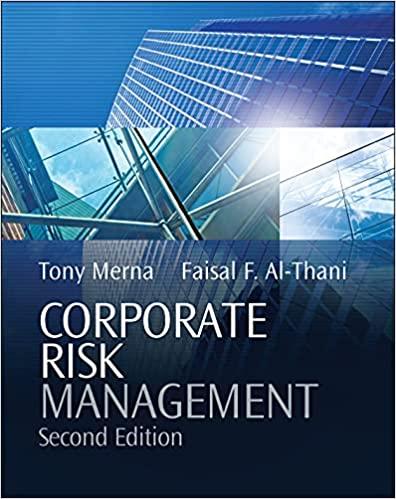Question
Siyabonga Peters is 56 year and is a South African resident, he had been working at Chocos (Pty) Ltd (Chocos) since 2015. During the COVID
Siyabonga Peters is 56 year and is a South African resident, he had been working at Chocos (Pty) Ltd (Chocos) since 2015. During the COVID outbreak Siyabonga had been working from home and had the following transactions during the 2021 year of assessment:
- A cash salary of R15 000 per month.
- Chocos paid his pension fund of R1 200 per month for the whole year of assessment. Siyabonga did not contribute towards the fund.
- He received a bonus of R345 000 from his employer as a result of his good work during difficult circumstances, the bonus was decided at the management meeting on 20 February 2021 to be paid in his March 2021 salary.
- Siyabonga has a flat attached to his house and receives R4 500 per month from the rental, the flat was occupied for 11 months of the year. Prior to the new tenant he had to repay the old tenant their deposit of R4 500, the money had been kept in his Capitec account which he uses for day to day spending.
- He received local dividends
- Share A: dividends of R7 890, the dividends were declared on 7 March 2021 and pay out on 1 April 2021.
- Share B. dividends of R4 590 were declared on 1 January 2021 and paid on 23 March 2021.
- He received interest from his local bank account of R14 990.
- During the COVID pandemic Siyabonga had a reduced work load so the Chocos gave him a bursary of R10 000 to study which ever online courses he found interesting. He received a further R3 000 as a reward for completing his studies. He signed up for two courses:
- How to cook bread, which was offered by the International School of Bread making. The course cost R6 000. Siyabonga paid over the amount to the School of Bread.
- How to perform a present value calculation using a calculator, which was offered by his niece who was studying a B.Com at the time. The course cost R4 000. This amount was paid directly to his niece by the employer.
- Siyabonga has a home office which he has been operating from, the office takes up 10% of his house. He has worked in his office 75% of the year. When he is not working the office, the door is closed. He had the following expenses:
- His internet account for work was R450 per month for the whole year.
- He paid his cleaner R34 000 for the year to clean his whole house.
- His water and electricity account for the whole house was R35 400 for the year.
- Chocos required their employees to attend weekly meetings at their office. During one of the meetings Siyabonga, contracted COVID and was in bed for two weeks. As a result, Chocos awarded Siyabonga damages of R45 000 as he contracted COVID while at work, Siyabonga followed the necessary COVID protocols in place.
- He donated R34 900 to their local church in memory of his wife. The church is a public benefit organisation, a s18A certificate was obtained.
- He paid his medical aid for him and his wife of R4 500 per month up until his wife passed away on 1 August 2020 and then his medical expenses was R2 300 per month after her death. He incurred R6 700 in medical expenses as a result of his wifes death with was not covered by the medical aid.
| REQUIRED: | Marks | |
| a. | Calculate, with brief reasons, the tax liability of Siyabonga for the 2021 year of assessment. | 42 |
| b. | Discuss whether the damages payment (point 9) made by Chocos will be deductible in Chocos taxable income in the 2021 year of assessment, use case law where necessary. |
8 |
Appendix Rates for year of assessments ending 28 February 2021
REBATES (section 6)
Primary rebate R14 958
Secondary rebate R8 199
Tertiary rebate R2 736
MEDICAL REBATES (section 6A)
Benefits to the taxpayer: R319
Benefits to the taxpayer and one dependant: R638
Benefits to each additional dependant: R 215.
RATES OF NORMAL TAX
| Taxable income (R) | Rates of tax (R) |
| 1 205 900 | 18% of taxable income |
| 205 901 321 600 | 37 062 + 26% of taxable income above 205 900 |
| 321 601 445 100 | 67 144 + 31% of taxable income above 321 600 |
| 445 101 584 200 | 105 429 + 36% of taxable income above 445 100 |
| 584 201 744 800 | 155 505 + 39% of taxable income above 584 200 |
| 744 801 1 577 300 | 218 139 + 41% of taxable income above 744 800 |
| 1 577 301 and above | 559 464 + 45% of taxable income above 1 577 300 |
Step by Step Solution
There are 3 Steps involved in it
Step: 1

Get Instant Access to Expert-Tailored Solutions
See step-by-step solutions with expert insights and AI powered tools for academic success
Step: 2

Step: 3

Ace Your Homework with AI
Get the answers you need in no time with our AI-driven, step-by-step assistance
Get Started


